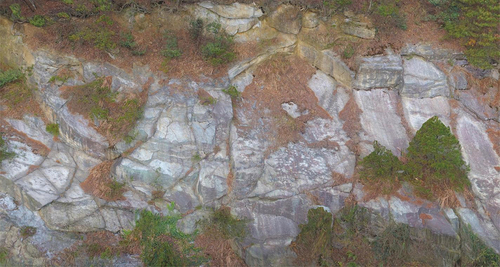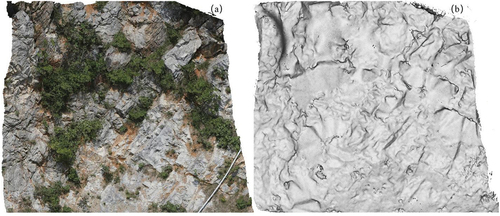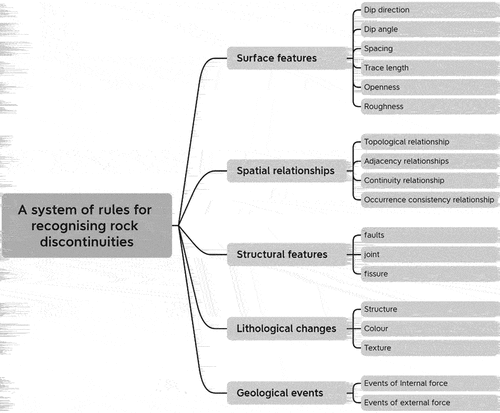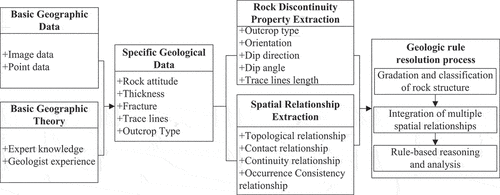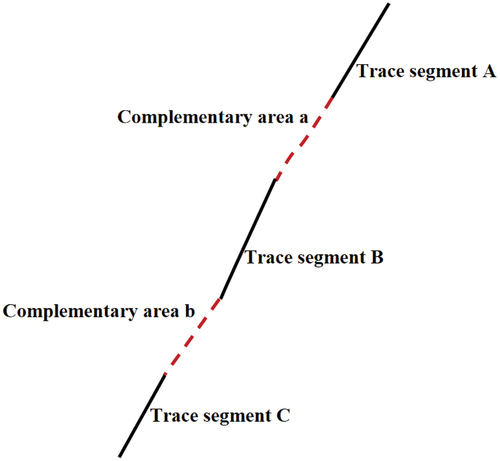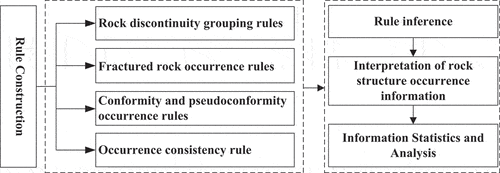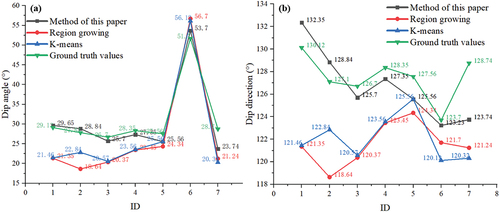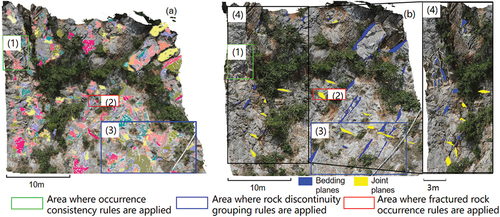Figures & data
Table 1. Rock discontinuity object properties.
Table 2. Relationship between rock discontinuity objects.
Figure 8. Flowchart for the implementation of the knowledge-based intelligent recognition method for rock discontinuities with point cloud data.
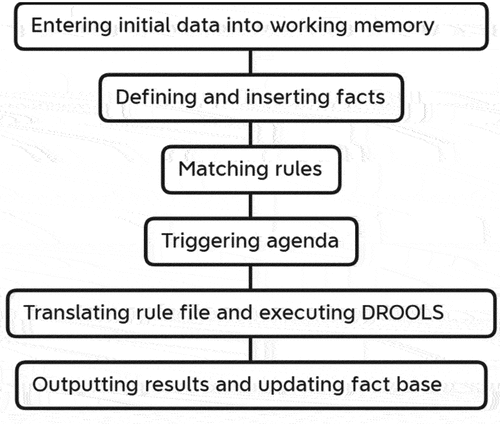
Figure 10. Occurrence inference of fractured rock ((a) Fractured rock masses and (b) Schematic diagram).
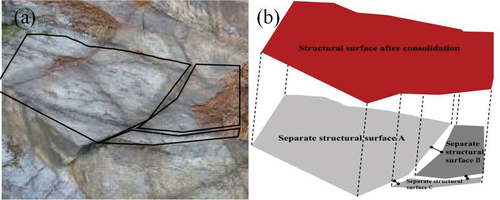
Figure 15. Rock discontinuities identification results of Ruqin Lake study area ((a) Results of applying region growing method and (b) Results of applying rules).
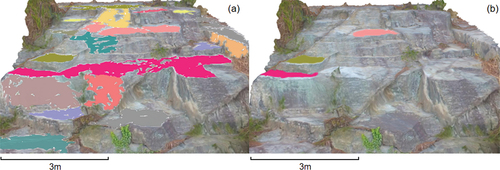
Table 3. Results of the application of the rock discontinuity grouping rules.
Table 4. Quantitative analysis of the new method in discontinuity estimation.

